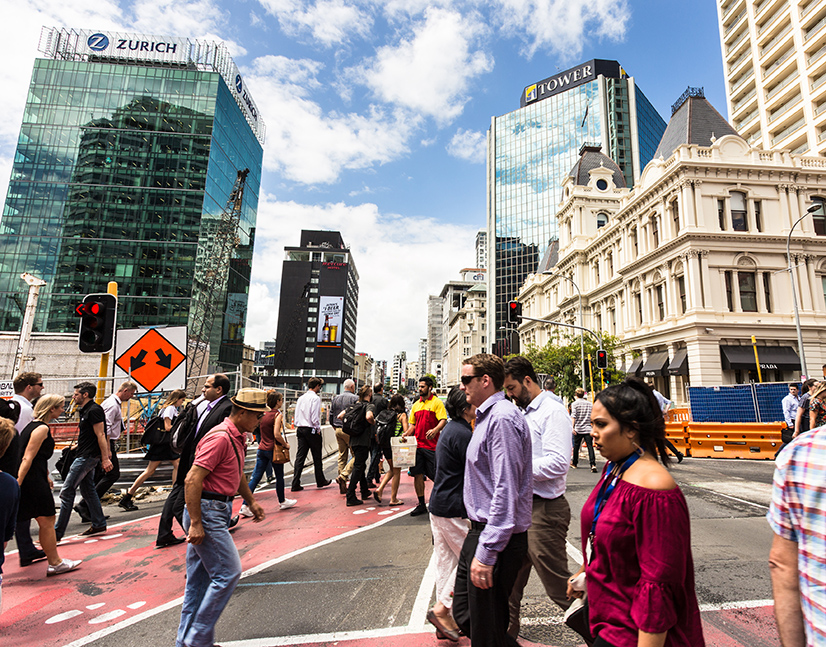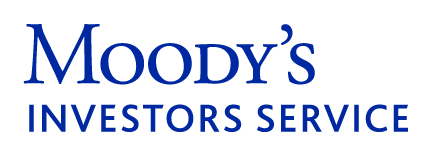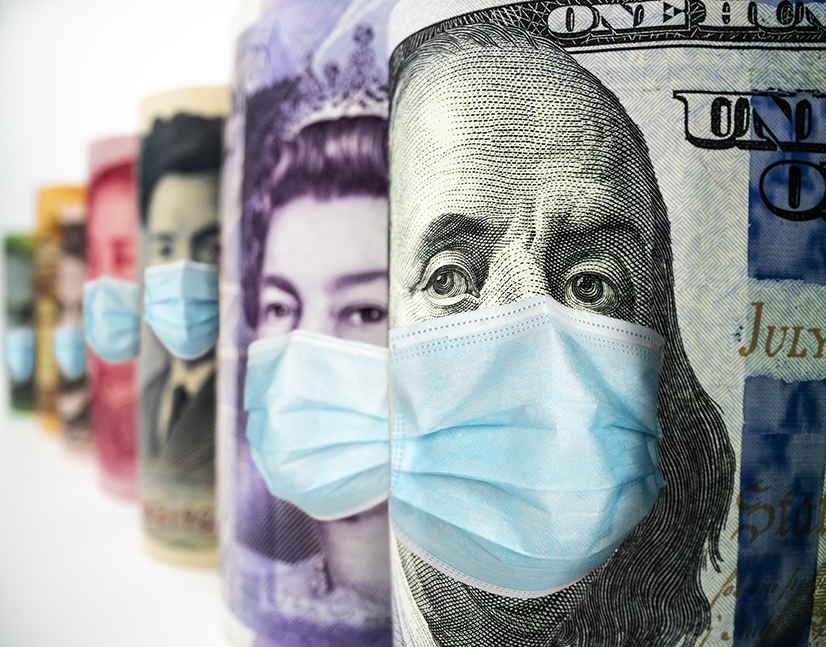
The COVID Diaries: sustainable finance banker 3
The following interview is with an Australia-based banker in sustainable finance. It was conducted on 23 June 2020.
Restrictions are easing quickly now in Australia. How has this affected your working arrangements?
I have been in a few times and would say predominantly people are staying at home. I have been going in on a couple of days during the week that I can go in, just to check in with people and to have a change from working at home.
There is a lot of talk and planning on what the next phase for a broader office return will be. There are a few things to work out like standing space in lifts and lift queues, as well as following government guidance on avoiding peak hour commutes. While these government guidelines are in place, I think it will remain a slow return to office working.
Are you making any plans for in-person meetings or business travel in the second half of the year, given the way things are going?
For in-person meetings we are guided by our clients. We have just had our client rooms reopen which means we can host clients in the office. I am not sure how often this is happening – I am not seeing many, if any, at this stage. If our clients are up for it we would probably be on board, but at this stage they are still bunkered down and we are following their cue.
“There is not a clear end in sight, but the outlook for the next 3-6 months is less blurry and I think this is putting people at ease. The focus area for a lot of our clients seems to have shifted from crisis mode to more of a business-as-usual situation.”
Australia has for the most part had great results in its health outcomes, but the economic impact is still playing out. Considering this, are you now more or less optimistic about the crisis than you were during the preliminary stages?
There is not a clear end in sight, but the outlook for the next 3-6 months is less blurry and I think this is putting people at ease. The focus area for a lot of our clients seems to have shifted from crisis mode to more of a business-as-usual situation.
This is obviously dependent on the sector. Airports and airlines are a different story to retail, which is different to food and groceries. There is a different level of impact sector by sector but, in general, the large corporates have a bit more of an optimistic outlook now.
Given the amount of investment that will take place in the recovery, and the amount of investment that was needed for sustainable outcomes even before COVID-19, how confident are you that the economic recovery can be directed towards a sustainable future economy?
The Australian Sustainable Finance Initiative (ASFI) is very cognisant of dovetailing into the recovery effort when it comes to government spending and the private sector. It is ensuring that sustainability and social matters are front of mind for those decisions.
As ASFI thinks about its roadmap for accelerating sustainable finance in Australia over the next 5-10 years, it is making sure it is part of the conversation around what the right levers to pull are, and what the right conditions are for investment that will stimulate economic growth in a sensible, measured and sustainable manner.
Do you subscribe to the view that this crisis will radically reshape our society, or do you think there will be reversion to previous norms?
I also believe, though, that people have short memories and things can revert quite quickly. It will be interesting to see how it all plays out because there will be potential ramifications for residential and commercial real estate. It might take 6-12 months to really get a good view on whether this is a long-term trend or a blip.
Outside of work, how are you taking advantage of eased restrictions and what are you planning to do that you haven’t been able to for a while?
We are thinking about the potential of traveling interstate later in the year, maybe over the Christmas period.
I am also keen to see family more regularly. We have been very cautious around seeing parents so it will be good to be able to pick this up again over the coming months.
KangaNews is your source for the latest on the COVID-19 pandemic’s impact on Australasian debt capital markets. For complete coverage, click here.














